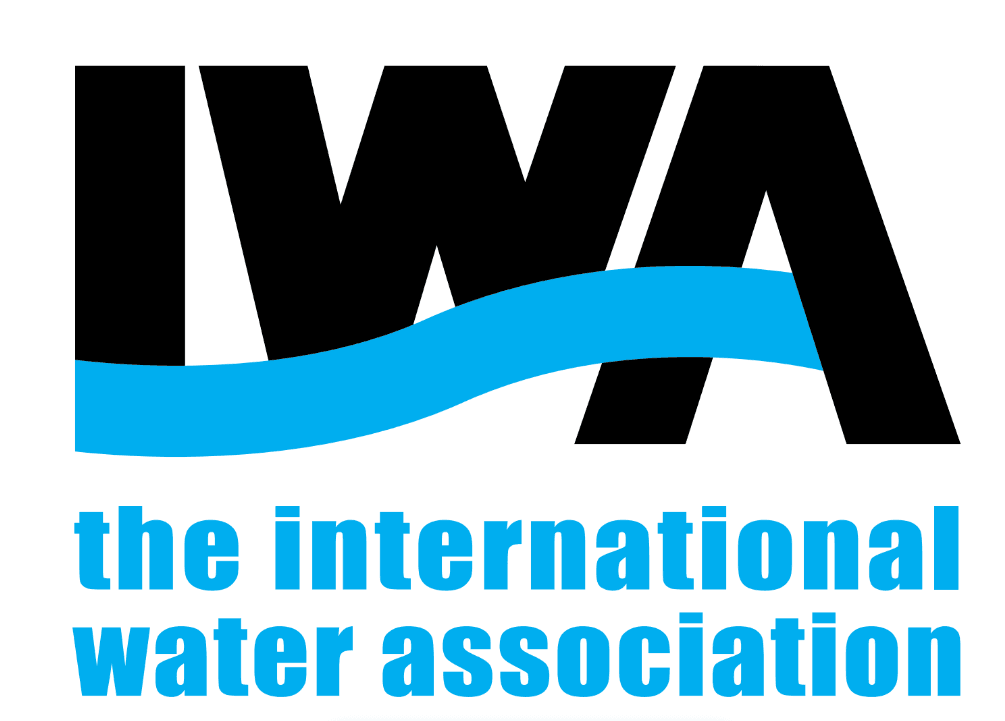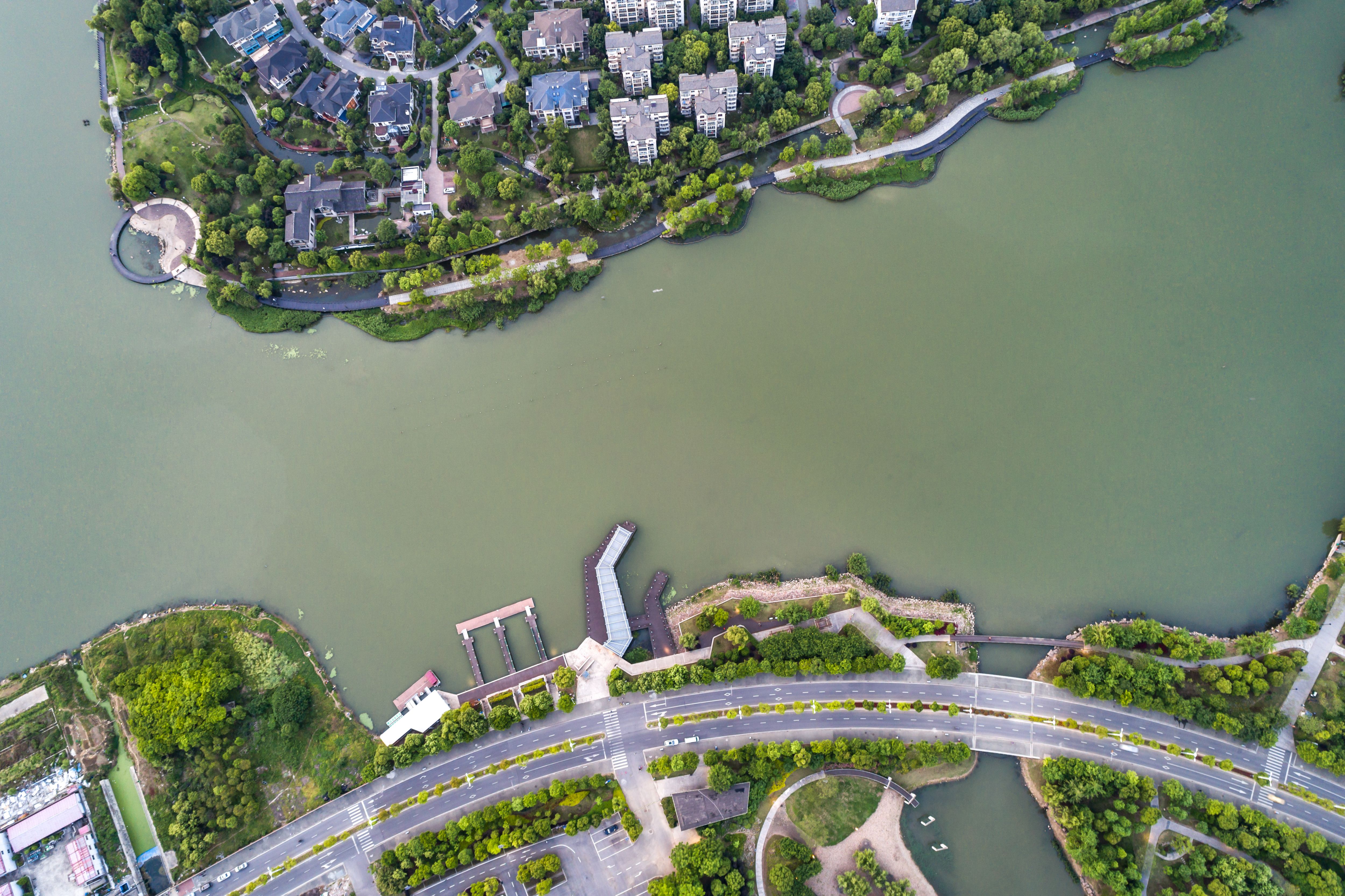Living Lab for Nature based Solutions
This second webinar continues the conversation on innovation in Nature-Based Solutions, building on the first session by examining how NBS are being developed and applied in Global South through living lab examples.

International Water Association

Starts
Oct 27, 2025
Language
EnglishDuration:90 minutes
Start Time:
10:30 GMTFormat
OnlineMember fee: 00.00
Standard fee: 00.00
Description
Water sensitive design and planning approach not only guarantees a reliable and clean water supply but also helps create cities and landscapes that can withstand the impacts of climate change – both draughts and floods. The webinar will discuss inspiring case studies from different corners of the globe, highlighting how nature-based solutions can seize current opportunities to enhance flood management and improve water management in catchment areas in global south cities.
In this webinar case studies will discuss how in-situ sources like rivers, lakes, and ponds, along with their surrounding areas, are feeling the pressure from rapid urbanisation. Further the case studies will highlight the missed opportunities within built up area like – parks and open spaces that could be (re)designed / planned as sponges to not only in situ augment water resources by recharging aquifers but also build resilient to flooding.
This second webinar continues the conversation on innovation in Nature-Based Solutions, building on the first session by examining how NBS are being developed and applied in Global South through living lab examples.
For more information , check out IWA Working Group - Alliance for Water Sensitive Design & Planning (BrUKInd WSDP)
Target Audience
Practitioners, academics and researchers, utilities, students, engineers and IWA members (particularly - Specialist Groups on Urban Drainage, Sanitation and Water Management in low and middle income countries , and Rainwater Harvesting and Management).
Learning Objectives
- Understand the Impact of Urbanisation and Climate Change:
- Analyse effectiveness of Living Laboratories for Nature-Based Solutions (NbS):
- Learn about innovative nature-based solutions that can be integrated with traditional infrastructure.
- Understand the benefits of these solutions in ensuring reliable and clean water supplies and creating climate-resilient cities.
- Apply Water-Sensitive Design and Planning (WSUDP):
- Learn how to leverage current opportunities to implement these approaches effectively.
Learning Format
Course Outcomes
- Catchment and waterbodies are increasingly affected by rapid urbanisation and climate change.
- Parks and open spaces within cities are not just recreation sites but missed opportunities of rainwater harvesting.
- Integrating innovative nature-based solutions with traditional infrastructure can help ensure reliable and clean water supplies and build climate-resilient cities.
- Living laboratory for NbS solutions showcases effectiveness WSUDP as enabler sustainable cities and resilient infrastructure.
Related IWA Specialist Groups
Urban Drainage (Joint IAHR/IWA)
The UDSG fosters and conducts fundamental and applied research on urban drainage, and promotes innovative approaches to urban drainage worldwide. During the past decades, research of urban drainage has moved from studying the traditional protection of urban population and infrastructure against adverse impacts of rain and snow towards a more holistic approach, which strives to provide even a better level of protection, in different climates, by seizing opportunities for designing and operating urban drainage as a system of sustainable green, blue and grey infrastructure elements optimizing the beneficial uses of urban rainwater and stormwater. Green urban infrastructure in reducing the impacts of climate variability and change on urban drainage may become transformational in urban drainage. A list of core issues includes urban rainfall in current and future climates; quantity and quality of urban stormwater and combined sewer overflows; advanced management of stormwater in urban areas, with emphasis on source controls, rainwater harvesting, low impact development and water sensitive urban design; operation and control of urban drainage, including sewer systems and receiving waters, in real time; modelling of whole systems or their elements; and, applicability of these approaches in regions with various climates, governance, and various levels of the economic development.
As the global population is shifting from rural to urban areas, and the urban population is quickly growing, the importance of urban water is rising and will continue to do so in the foreseeable future. This urban population creates high demands on water services, among which urban drainage plays an important role, within the concept of the urban water cycle. The provision and sustainability of such services, in the current and future climates, represent a great challenge to urban planners, water managers, decision makers, and NGOs worldwide.
The Urban Drainage SG (UDSG) contributes to broader IWA efforts within the general heading “Urban water Management”. Typical activities of the UDSG are planned cyclically around the group’s important conferences, which typically feature presentations of the group deliverables. Three such conferences are planned for 2016 and 2017.
Rainwater Harvesting and Management
Most of the world water problems such as flooding, drought, water shortage, water pollution, heat island are all related to rainwater. By proper rainwater management, we can reduce the risk of such problems and enhance the resilience. To solve the SDG for drinking water by rainwater harvesting, innovations in technical, economic and social aspects are necessary.
Due to climate change and urbanization, water shortage problems are increasing throughout the world in both developing and developed countries. Community based rainwater harvesting can be a good option to solve local problems.
Rainwater management is used to mitigate extreme rainfall events without increasing the capacity of existing sewer system, and to mitigate urban heat island problems.
City of the future will be a city that collects and utilizes rainwater instead of draining rainwater under a law or regulation.
In 2015, the following activities have been done:
- Open a website for promoting rainwater harvesting and management (www.rainforall.org).
- Hold the 6th Int’l Rainwater Harvesting and Management Workshop at ASPIRE 2015
- at Beijing on Sep 22 under the theme of Multi-Purpose Role of Rainwater Harvesting and Management.
- Sponsor two local rainwater harvesting workshops at Vietnam.
- Make annual report in the format of a newsletter at the end of the year.
Although Rainwater harvesting is gaining much interest, the promotion has been limited due to several disadvantages such as seasonal variation, related cost, etc. However, most of these problems can be solved by making the system with more than one purpose. These includes, dual water system with rainwater and groundwater, hybrid system of rainwater and greywater, hybrid system with rainwater and desalination, adding values of flooding mitigation and food production. One of the examples is the “Concave Green-Roof as Water-Energy-Food Nexus” which won the outstanding award at World Water Showcase on April 2015 at the 7th World Water Forum.